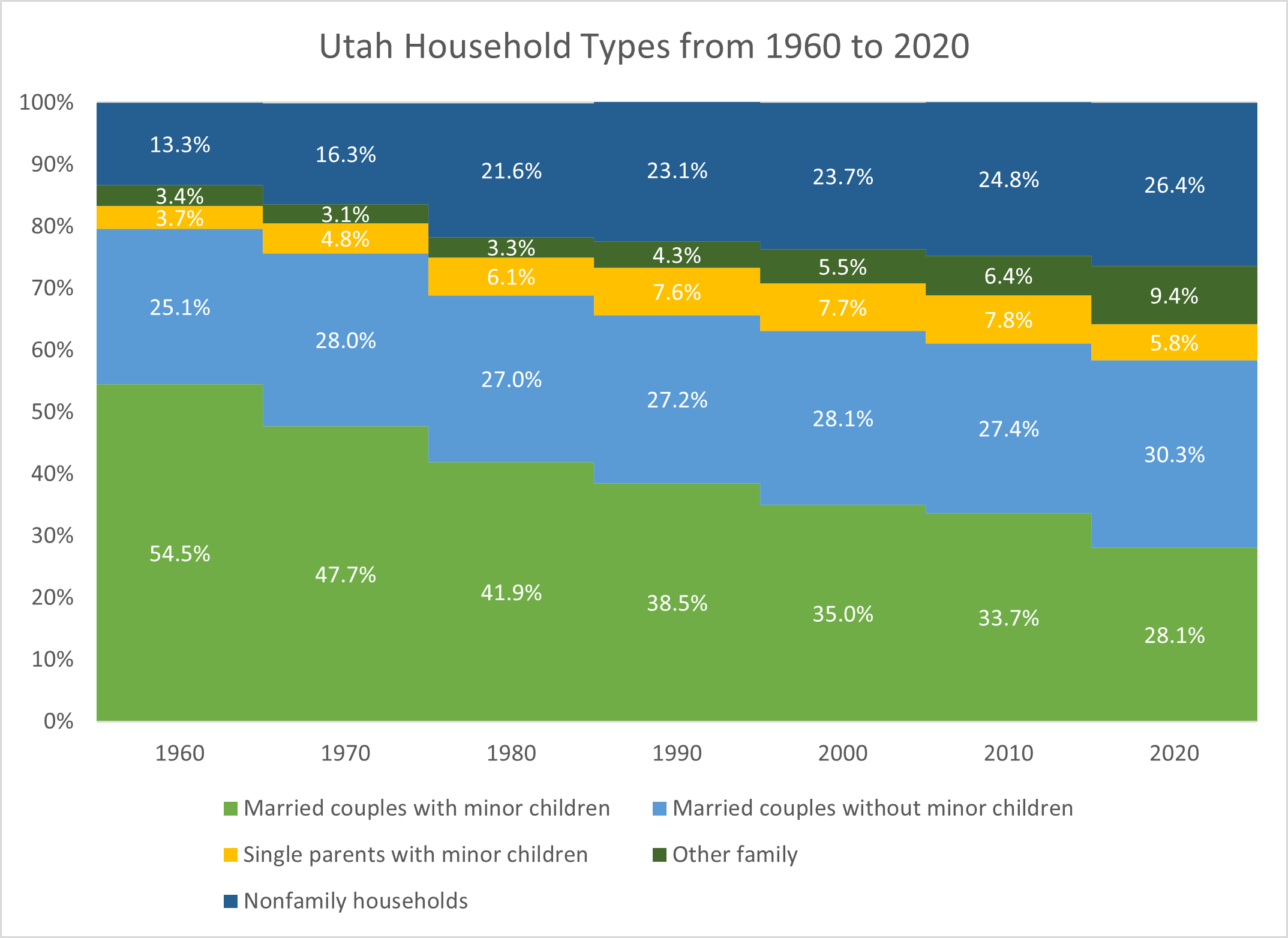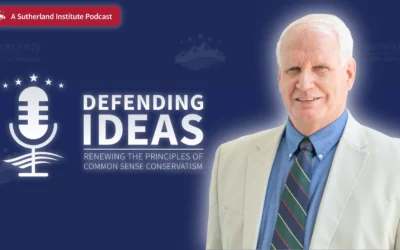
Written by Krisana Finlay
June 29, 2023

At the height of Utah’s housing price spike in the summer of 2021, I remember meeting for lunch with my friend Nicole, who was failing to find a home. Married and a mother of two, she described how living in her in-law’s basement had become too tight for their family of four. She and her husband made competitive bids on 10 different homes, to no avail. Although they were financially qualified for a house, they were unable to purchase one. As we chatted over our Cobb salads, I remember her describing how overwhelmed and hopeless they felt, and how not finding a home was an ever-increasing pressure in daily life.
In 2021, Utah experienced how much family-driven decision-making can influence the economy. Around the nation, COVID-19 drove families to move from urban to suburban and from outside to inside Utah. Housing supply and affordability became an even bigger problem, pushing more urgent decision-making by state leaders. Multiple state laws were passed to address Utah’s housing shortage, yet homes have still become too expensive and interest rates too high for an increasing share of Utah families.
Policymakers don’t typically jump to a family-focused framework when making economic policy decisions. Instead, they may think primarily of individual, general economic, business, and government interests. But if the primary driver of Utah’s economy is families, then economic policy is family policy and vice versa, and Utah will increasingly flourish as leaders use a family-focused framework in their economic policymaking.
The link between families and economies
Economists typically see markets consisting of individuals driving decisions, and that framework has reaped obvious benefits for economic growth and development. But when most individual economic actors are motivated by family considerations, such as providing for or supporting a family, their buying decisions are most clearly understood through the lens of family-driven needs and priorities.
For example, rather than buying a $250 paddleboard to spend the summer on the water with friends like me, my married friend Ashley, who is a wife and mother, will likely put that money toward baby food, her toddler’s asthma inhaler, saving for their future college tuition, or a new minivan. An individual in the economy who is pursuing family needs and wants will think and act quite differently than an individual in the economy whose spending decisions are unconnected to any family. The way they spend money and navigate economic markets will be different.
This principle applies to other important policy issues: housing, water, transportation, food, urban planning, etc. A family of four will consume water, experience public transit, and utilize the healthcare system differently than an unmarried, independent adult with no children.
Utah’s household composition has changed over time, and so have Utah families and their needs. However, data on household composition suggests that Utah remains a primarily family-driven economy.
In 1960, 54.5% of Utah households were married couples with minor children, 25.1% were married couples without minor children, and 13.3% were non–family households. Those proportions shifted in subsequent decades. In 2020, 28.1% of Utah households were married couples with minor children, 30.3% were married couples without minor children, and nonfamily households grew to 26.4%.

Source: U.S. Decennial Census Summary Files
While the makeup of families in Utah’s economy has shifted over the years, it remains a fact that almost three out of every four households – the main economic consumers of homes, food, transportation, etc. – in Utah’s economy are defined by some form of family structure. Household data suggest that family households drove economic outcomes in the past and continue to do so now. Family households seem likely to drive future economic outcomes as well.
Policymakers have the opportunity to improve public policy by proactively looking at policy issues through the lens of their impact on families’ motivations and behavior. Since the majority of Utah households still consist of families – some married, some who have children, and some made up of other kinds of family relationships – family considerations should rank high on policymakers’ priority list. This is a good policymaking rule of thumb whether the debate is about family, economic or other public policy arenas.

Insights: analysis, research, and informed commentary from Sutherland experts. For elected officials and public policy professionals.

- Utah has experienced how much family-driven decision making can influence the economy.
- Household composition data and thoughtful analysis suggest that family economic behaviors shape Utah’s economy.
- Utah policymakers should use a framework that examines impact on incentives for families in order to more clearly understand Utah’s economy and to craft better economic policy.
Read More
Protecting property rights against government overreach
While governments can continue to regulate land use, these regulations and fees must be justified by a government interest and proportional to the effect of the development’s impact on that interest.
Do we need to care about the Utah State Board of Education?
For any Utah voters who also feel like K-12 public education is headed in the wrong direction, learning about the candidates running for a seat on the Utah State Board of Education (USBE) is a wise choice this election season.
Defending education choice the right way
Education choice has exploded in popularity across the nation in recent years. So why does it remain a contentious point of debate in some parts of the country?


